Sound
Sound-wise, the ZEN CAN reflects iFi Audio’s house sound unsurprisingly, with a very clean presentation, a nice background, good resolution, and clarity. To me, it has a very neutral and linear response, good bass quality, and good transparency in mids & treble. These impressions are from the 4.4mm BAL output directly.
The amp overall sounds very clean and crisp with good bass quality. The sound has a linear response in general and the impressive parts here are the resolution and transparency. iFi usually nails these two areas in every product I’ve tried or tested from them. This one is no exception. It also has a great amount of power for almost every headphone out there. So we have a very versatile and all-around budget amplifier here.
Bass
Bass is not big, but it’s easily trackable and very much under control. It overall doesn’t have the best texture, but it has a good resolution and impact. The PraT is really nice and the bass has good kick without sounding boomy so I can smoothly say that you would have a very tight bass out of this one with your headphones.
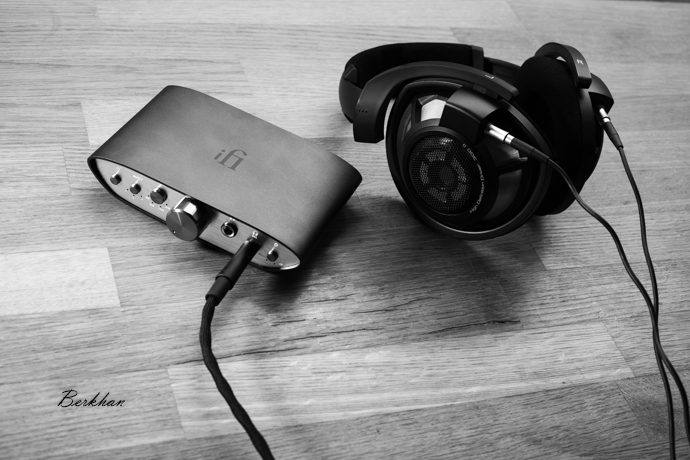
The texture is missing in some parts but it wouldn’t be fair to judge the ZEN CAN just for this alone. I think it presents a wonderful and truthful bass response, especially for its price. There’s no distortion, no excessive boom or anything in that nature. The ZEN CAN does not give a huge bass but if you need some more juice, you can open the xBass feature. This adds a bit more warmth and quantity to both sub-bass and mid-bass regions. However, when you do that, the bass becomes loose a bit, and you give away that great control and tightness. So it’s up to you. I usually don’t prefer any effects so I left it closed.
Mids
The mids are lively and breathy with good definition, clarity, and transparency. The sound here is very engaging, lively, and organic. Although it is a neutral kind of sound, you still feel the emotion and the energy in mids, thanks to the amplifier’s noise-free background. With the HD800S, you get excellent mid-range performance from the ZEN CAN. Particularly the stereo imaging is awesome.
Overall I couldn’t find a weakness here except that certain amount of warmth that some of us seek. This is not a tube amp of course, but the presentation here is a bit sharp and colorless. However, you can change that and create a nice setup with a warm sounding and mid-forward headphone like the Thieaudio Phantom. It all comes down to synergy. Yet, you won’t get that warmth and mid-range body just from the amp alone.
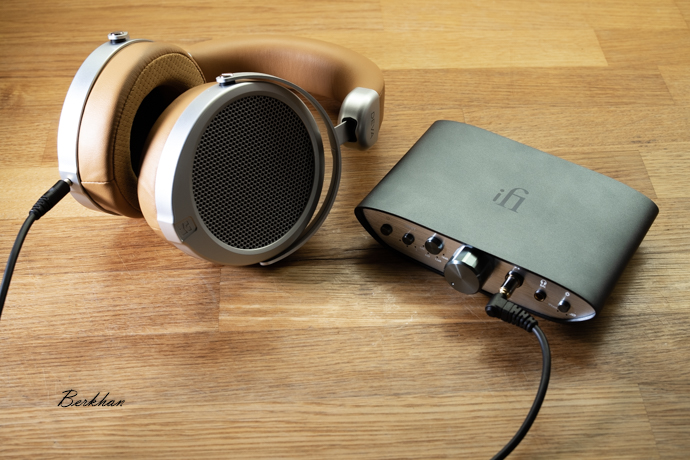
Treble
Treble is not very special or extraordinary, but it’s very well under control and articulated. The extension is fairly good as well. There’s nothing added or nothing taken away, it gives what your headphone gives you without coloration or alteration. I would’ve liked a more organic and life-like approach in the treble, yet it’s a bit sterile in that regard. It’s not possible to find that kind of performance with this amplifier though. You need to go way up the stairs and pay much more for that. So I’ll take it.
Technical Performance
The overall sound-stage is fairly good but it’s a bit boxy with a studio type of approach. This of course would change with the headphones you pair it up with. If you’re asking how is it for the price, I would say it’s very good for both width and depth. The HD800S creates a reasonably wide sound stage with the ZEN CAN for instance.
The timbre with the ZEN CAN is a bit cold but other than that it’s mostly on point, especially with instruments. Overall the ZEN CAN presents a detail-oriented and flat sound and this is the good thing about it for me. Because you can add the character of your headphones on top of that flat and neutral signature.
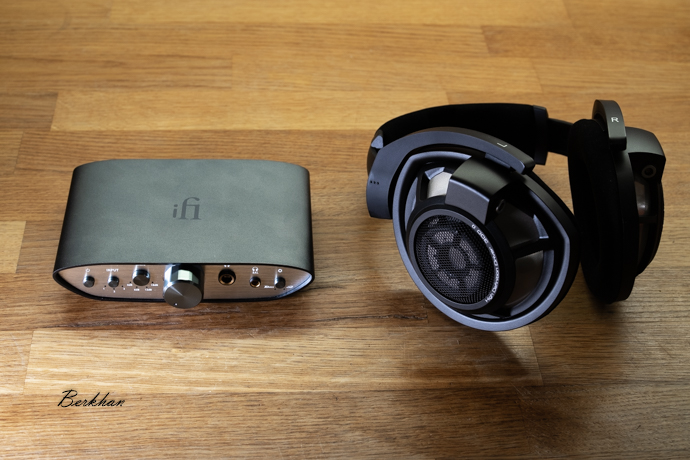
Power-wise you can drive almost every headphone with the ZEN CAN as I shared the figures on the first page already. The BAL output is very strong and it drives the HD800S with ease. I didn’t even need the other gain options. It was already enough with either 0dB or 6dB options. There’s also 12 and 18 dB gain that you can go with. So even if you have a 600 Ohm headphone, you probably wouldn’t face a problem regarding power.
The amp is a bit too powerful for sensitive IEMs, but it’s still relatively quiet despite all its power so that’s impressive. You have to be careful with the volume though, as it can easily damage your ears or your IEMs.
3D Effect
iFi has the 3D sound effect button on their devices for a long long time now. Although I appreciate the extra feature, I’ve never used this effect except for testing. With this particular amp, the sound becomes wider, but you lose timbre quality and the mids are pushed back. The sound becomes quite thin and I value the overall body very highly, therefore I didn’t like the effect as usual.
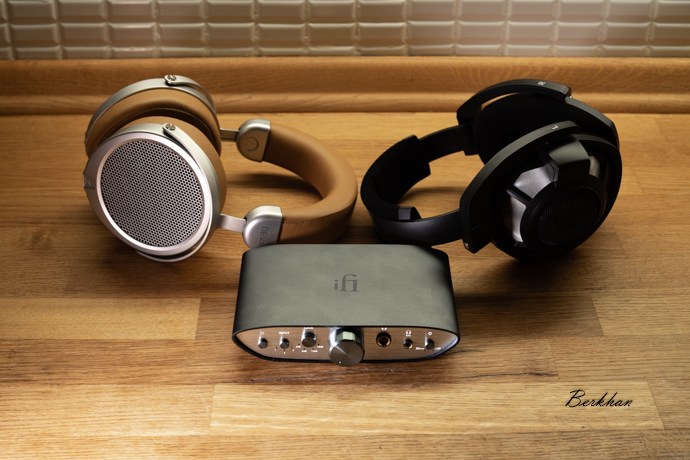
Conclusion
Subjective matters like warmth, bass quantity, treble sparkle, and full timbre are other things; but the iFi ZEN CAN is surely an excellent performer with a tiny price. You might find it a bit sharp, colorless, and sterile. But I don’t think anyone can criticize its performance especially for the amount of power for high impedance headphones.
I don’t have the ZEN DAC in my possession but think about it; you get the ZEN DAC + ZEN CAN. You pay about $280, and you have a formidable desktop setup for your headphones. For the price you pay, this is a great performance.
Sure, there are spectacular amps out there but there aren’t many options cheaper than this. The only thing that comes to my mind is the JDS Atom amp, which doesn’t have this build quality, power, or these features.
As a result, the iFi ZEN CAN makes its way to our Best Amplifiers List.






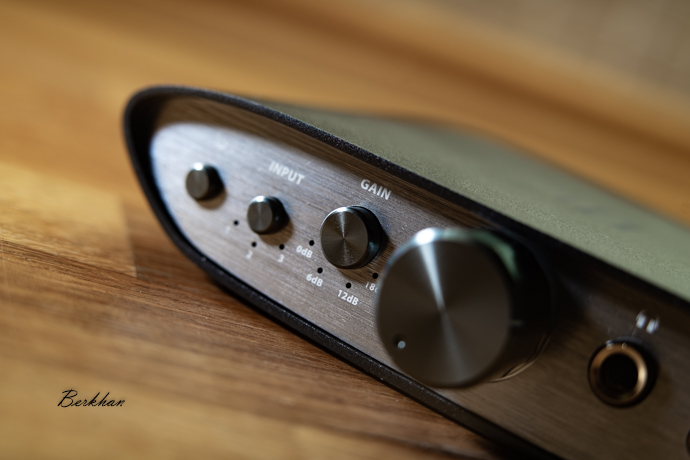
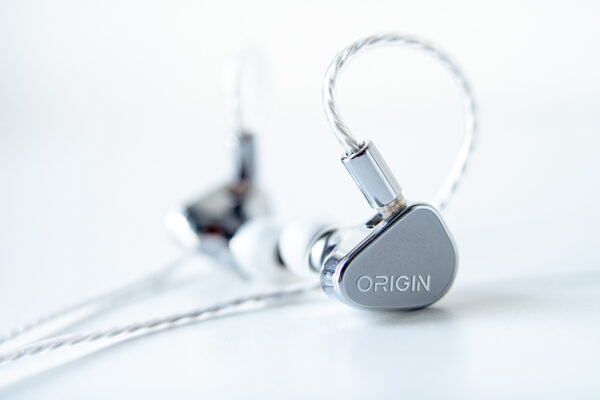
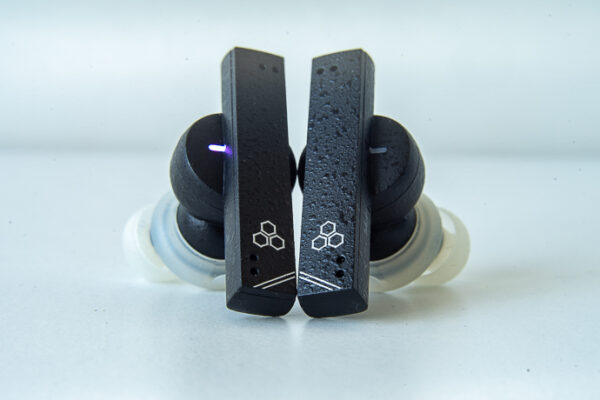
Thomas
Thanks for the great review. I have one question, is the 4.4 Pentaconn balanced line output on the back muted when headphones are used?